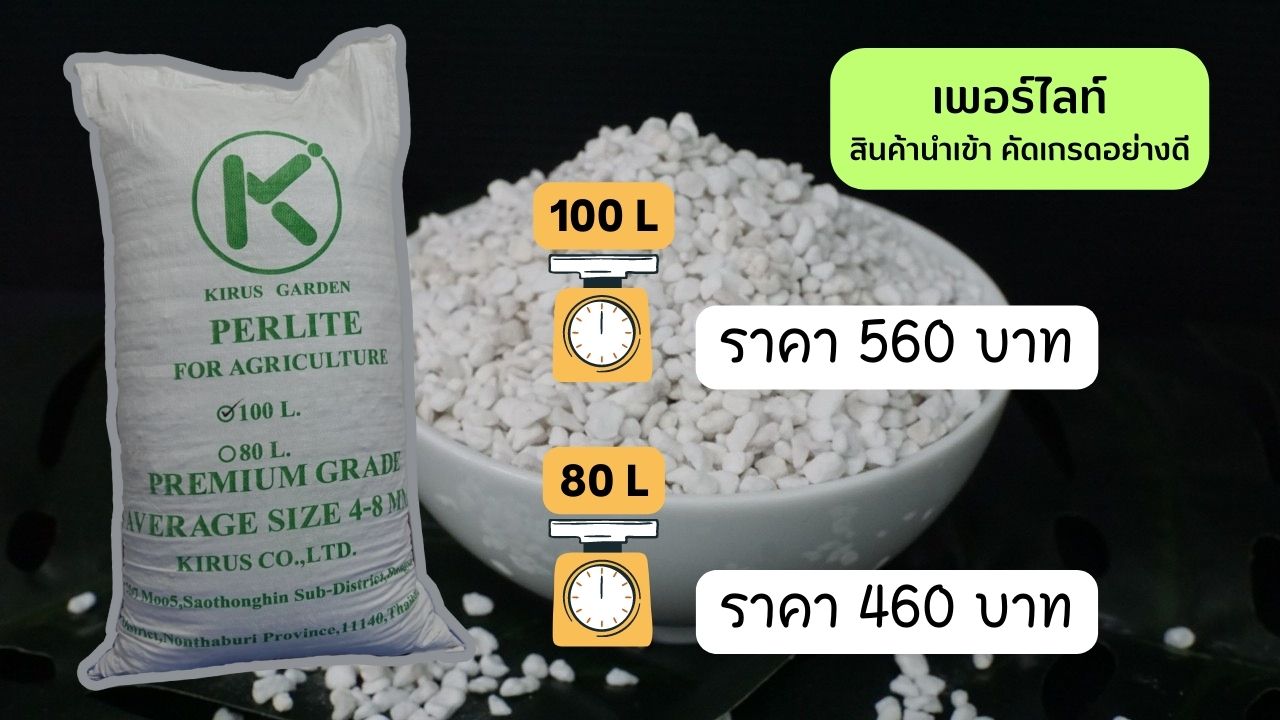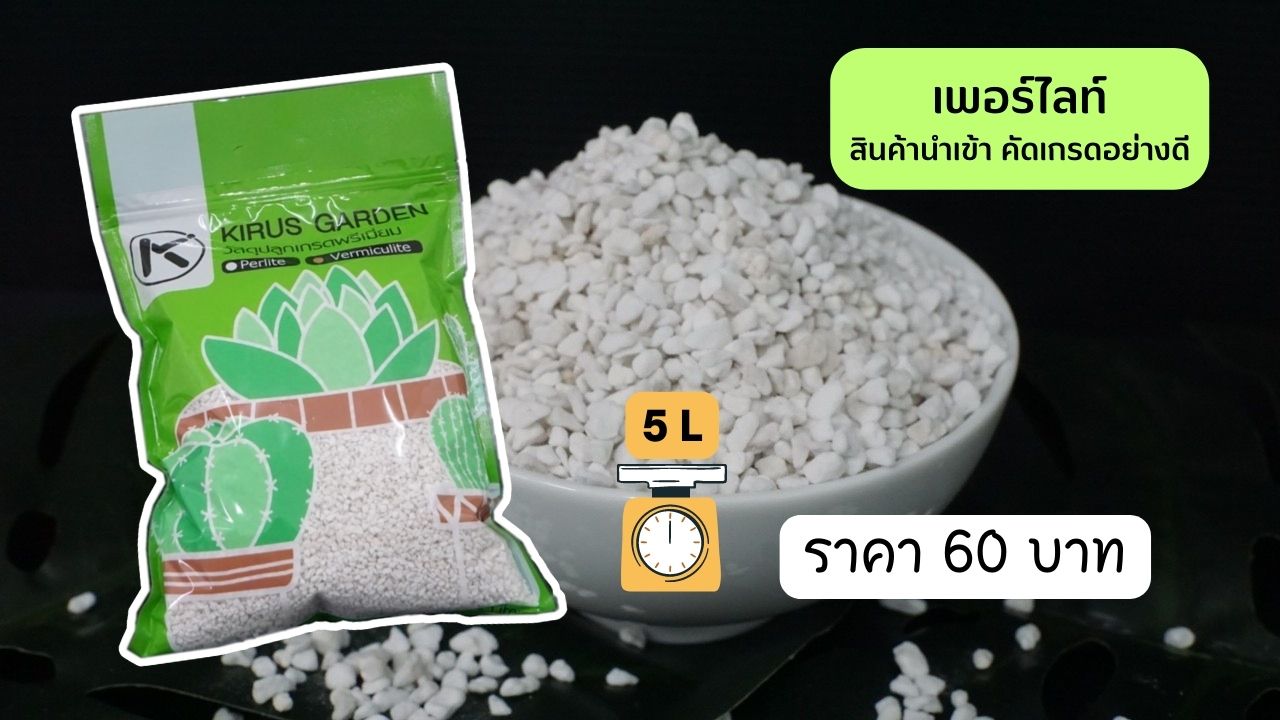Perlite
"Perlite" What It Is And How To Use It Right
What is Perlite? Perlite is a naturally occurring mineral in the form of amorphous volcanic glass, although it’s often confused by new gardeners as being some lightweight material like styrofoam. It’s occasionally called expanded pyrite and has the nickname “volcanic popcorn”, and I’ll get into why in the next segment. If you looked at a piece of horticultural perlite under a microscope, you would see that it’s quite porous. The cavities in perlite help store nutrients and some moisture that the plant might need but drain excess water away from potting soil. It is non-toxic, clean, disease-free, and extremely lightweight and easy to work with.
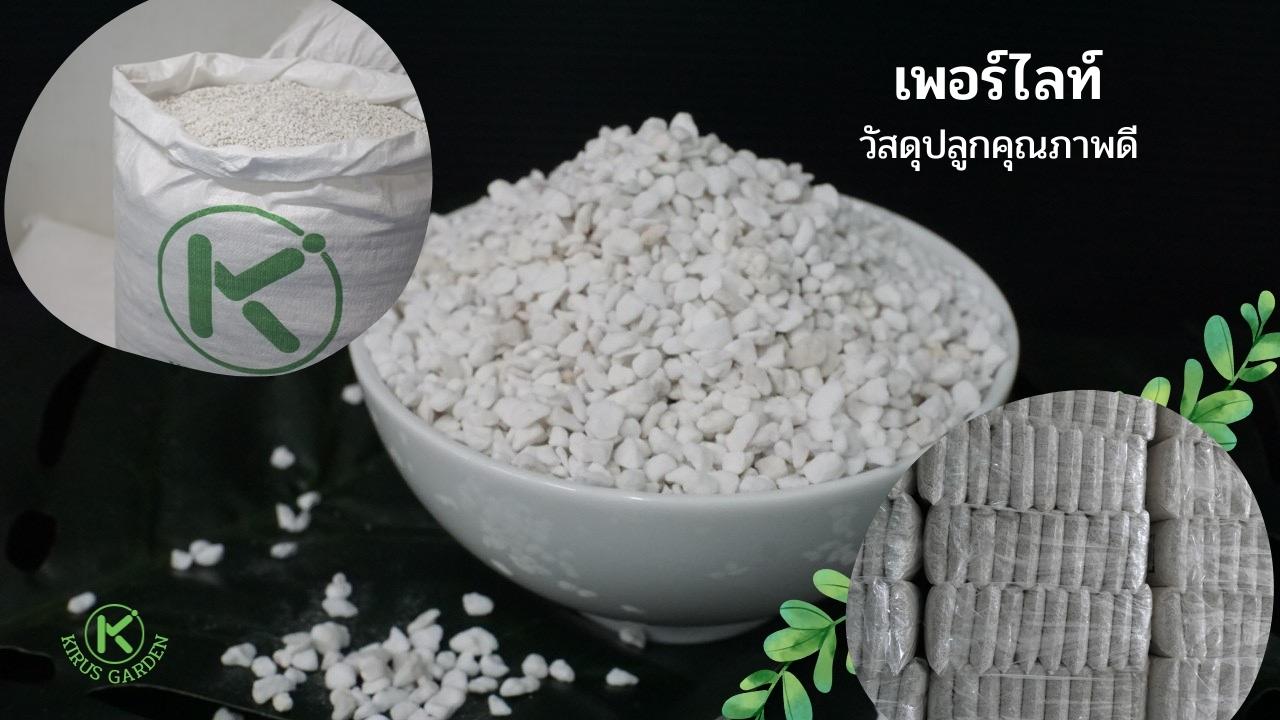
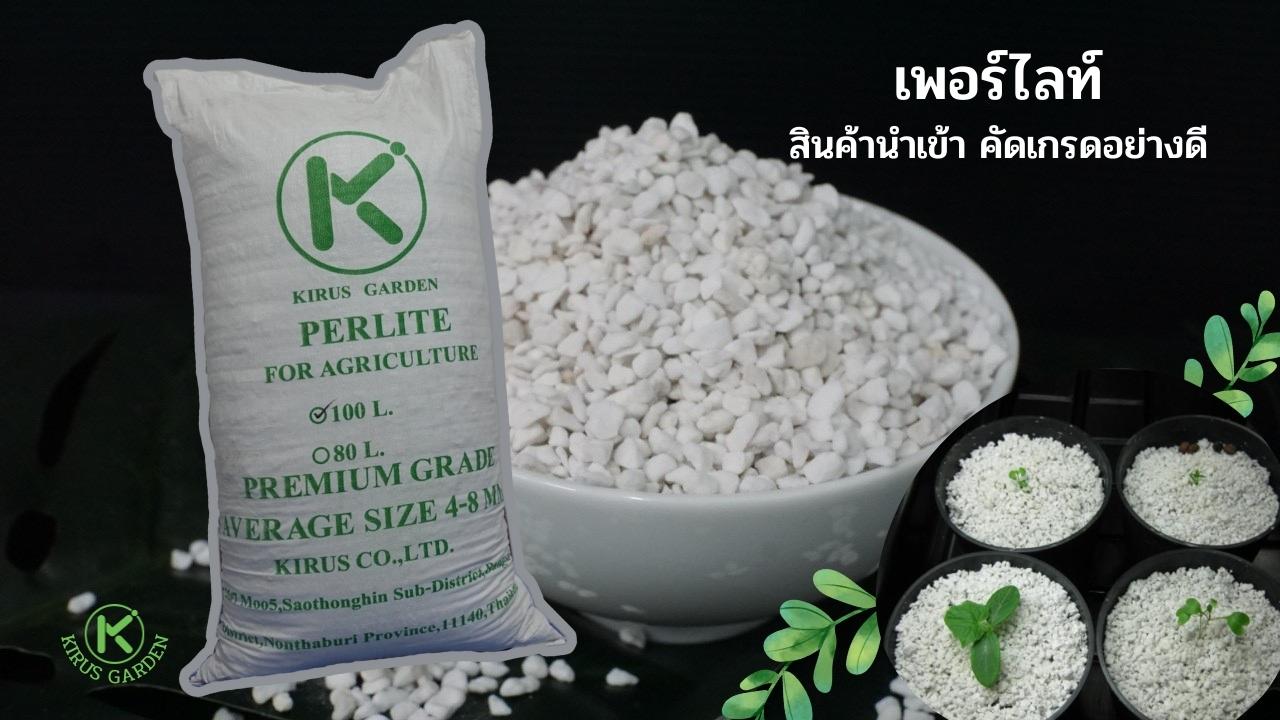
Main minerals contained in perlite
silicon dioxide or silicon aluminum oxide sodium oxide potassium oxide iron oxide magnesium oxide calcium oxide 3-5 percent water which are components that plants can utilize
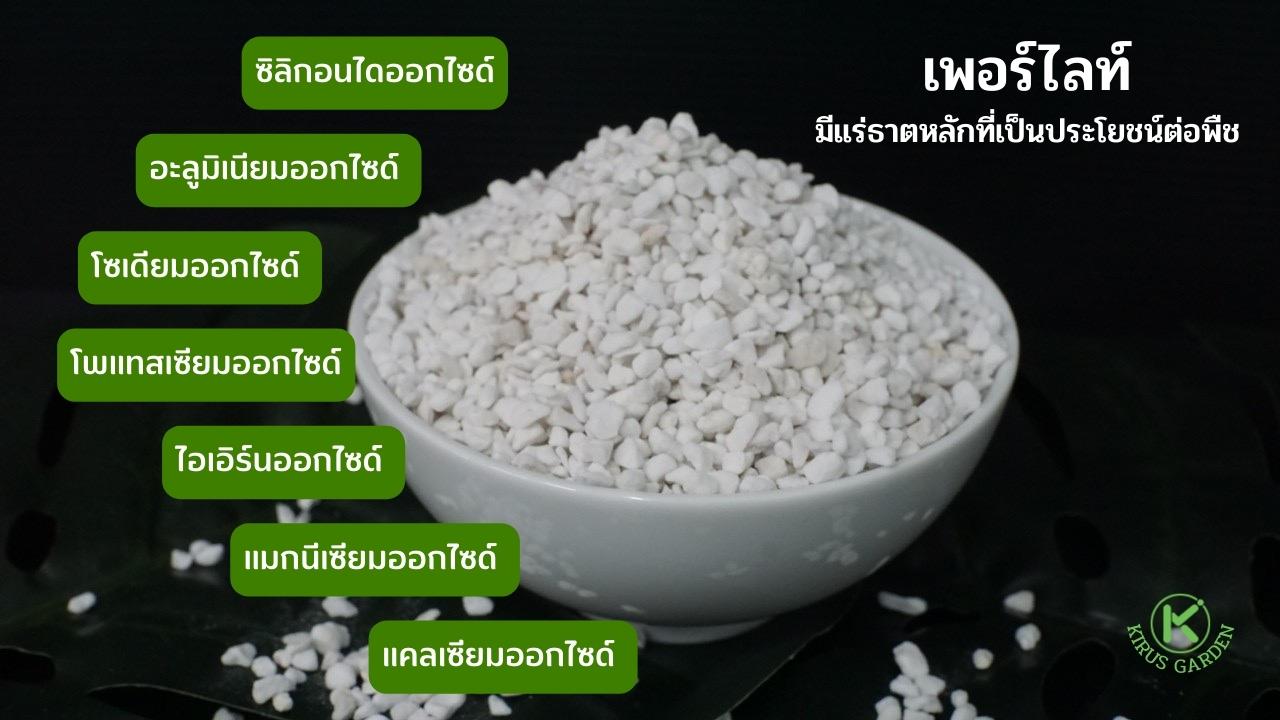
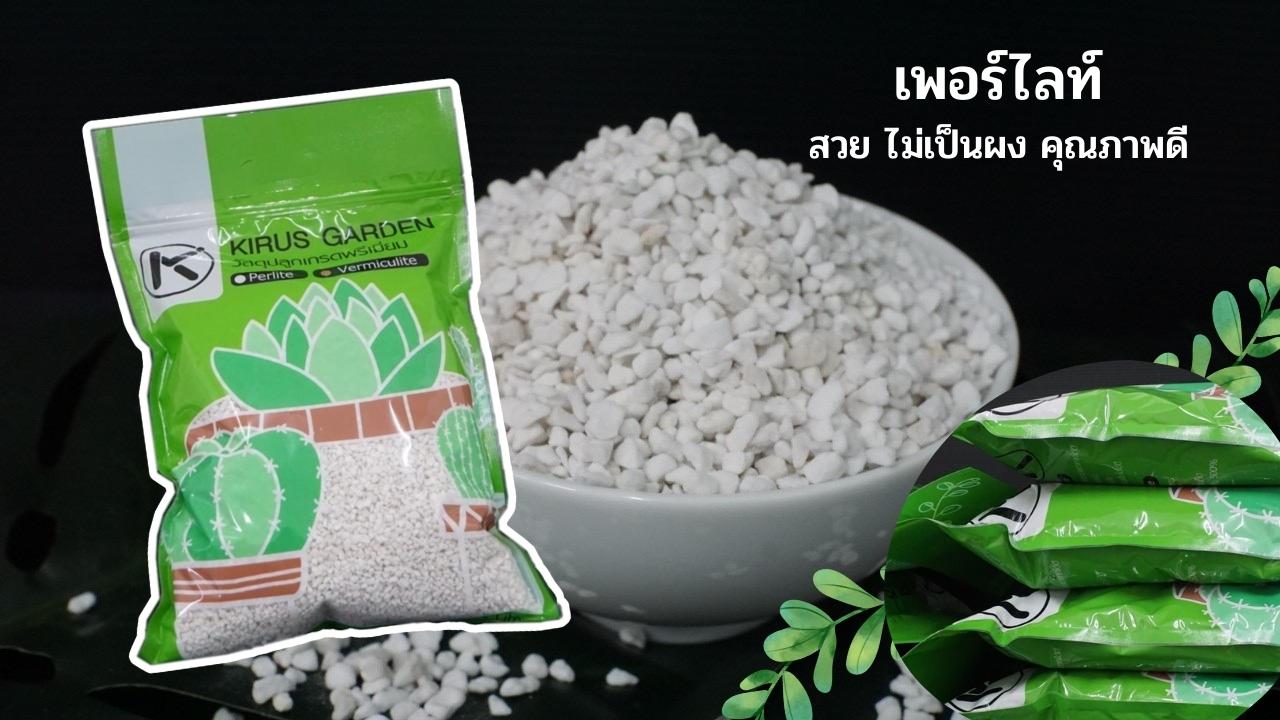
Properties of Perlite as a planting material
Perlite is another option for those who grow plants and grow plants in hydroponics. The reasons why Perlite is suitable as a plant material are as follows: Perlite has a fixed shape and is stable. It is not easy to deteriorate when used as a planting material with a neutral pH (pH), No toxic chemicals to plants and is a naturally occurring mineral with porous properties. Allowing air to enter and the roots can breathe, It has the ability to absorb water. Perlite is classified as an inorganic substance. When mixed into the soil, It is durable and not degraded by microorganisms. In addition, Perlite helps absorb the accumulation of pesticides, herbicides and various chemical fertilizers. That farmers add to the soil to prevent it from seeping out of the soil too quickly It also helps to reduce the concentration of fertilizer and pesticides added to the soil.
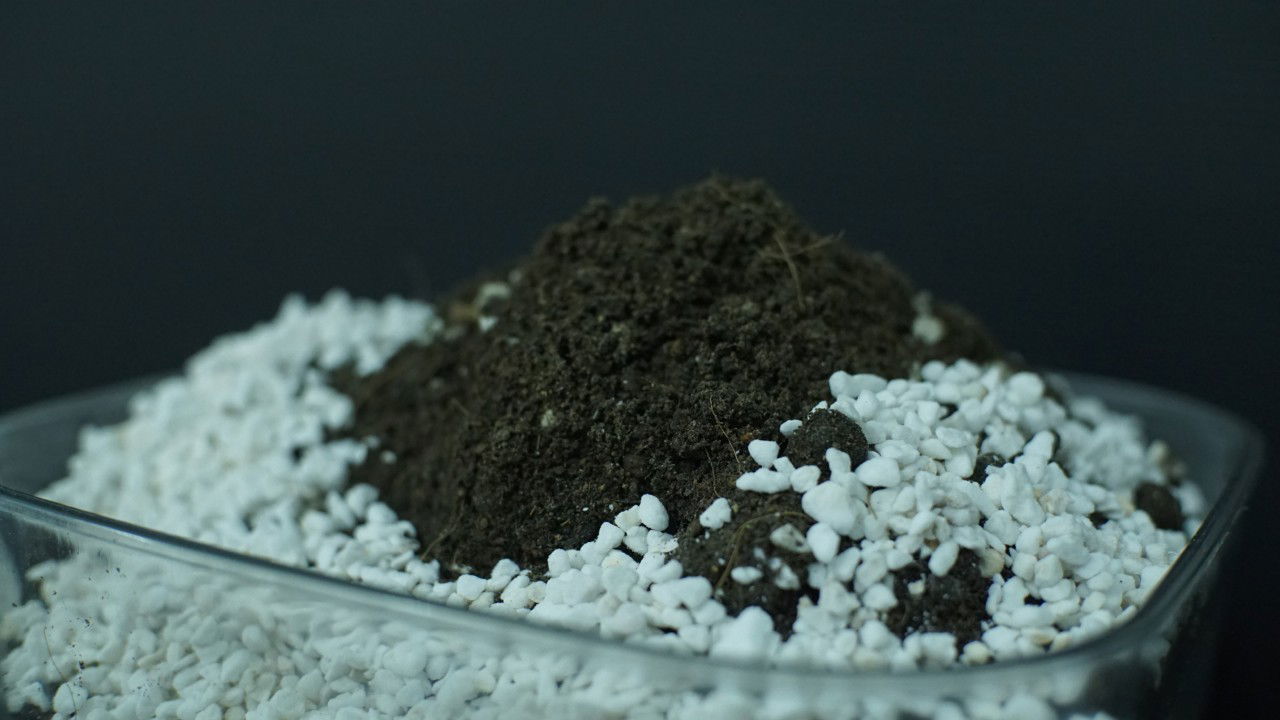


Benefits of using perlite in growing plants
Perlite speeds up the germination and rooting, improves aeration, draining & insulation in Potting Mixes and improves the texture of clay soils. Perlite is the name for a naturally occurring siliceous rock.
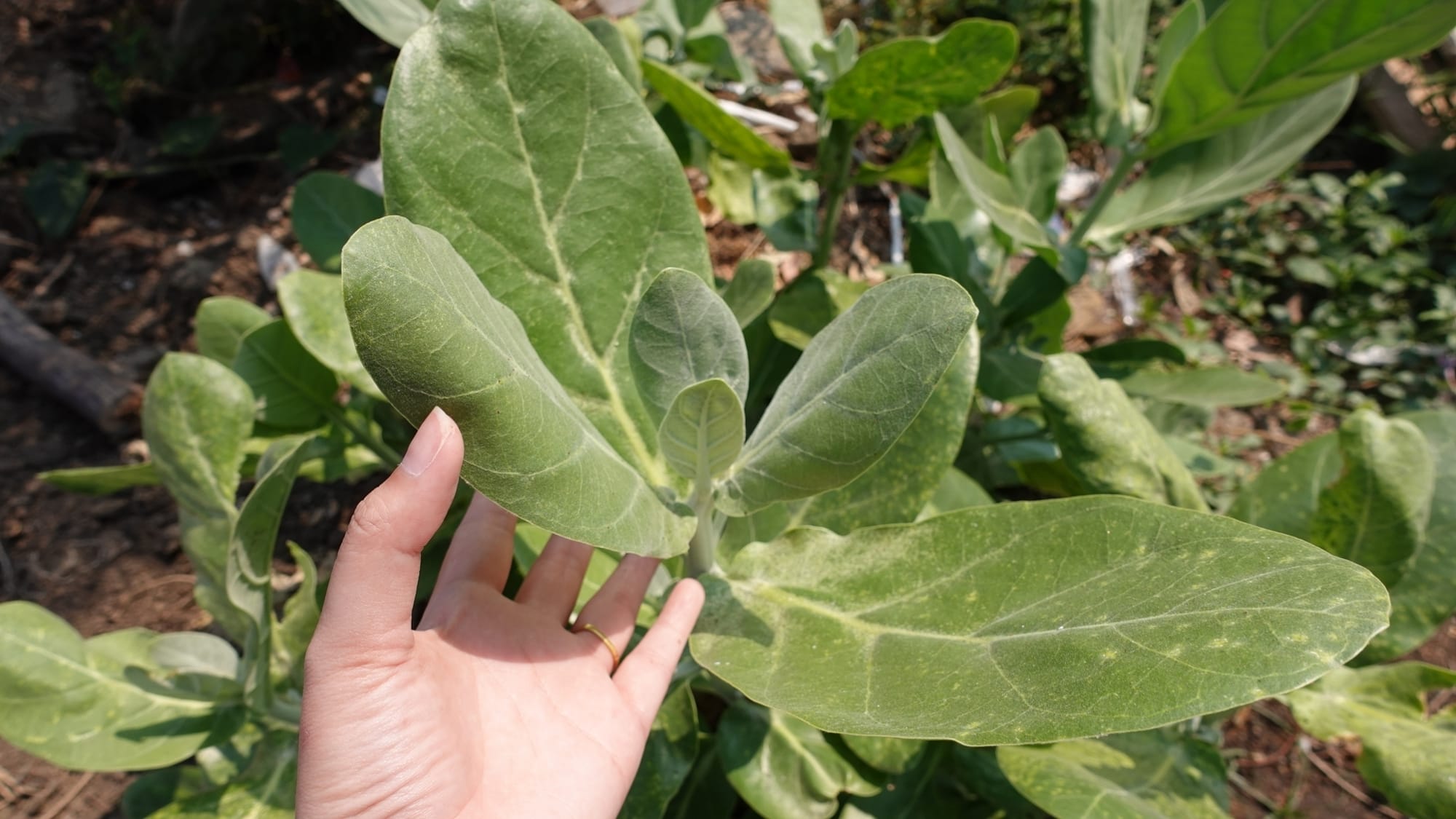
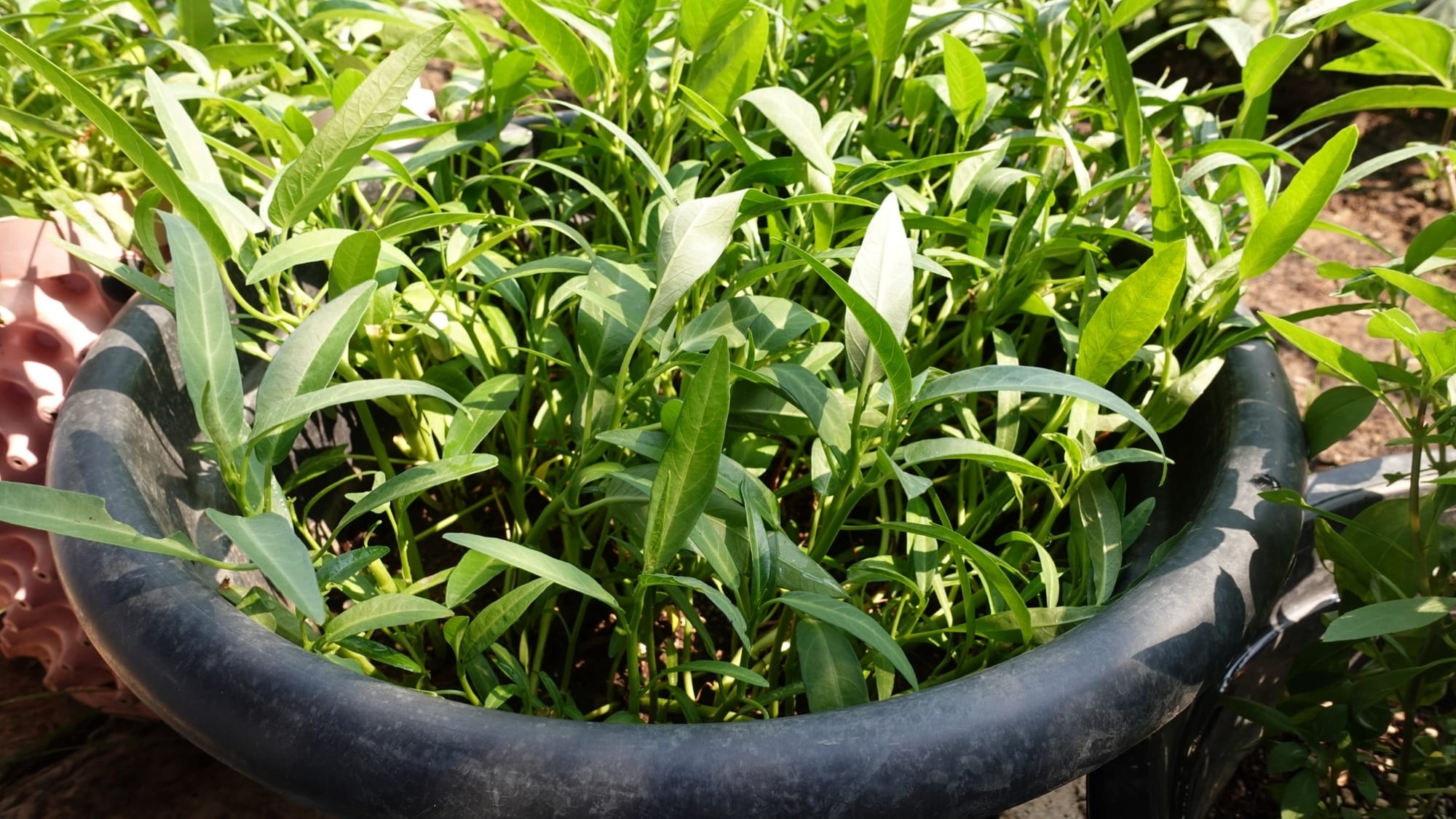
Price: Perlite "Good quality planting material from Kirus Garden"

